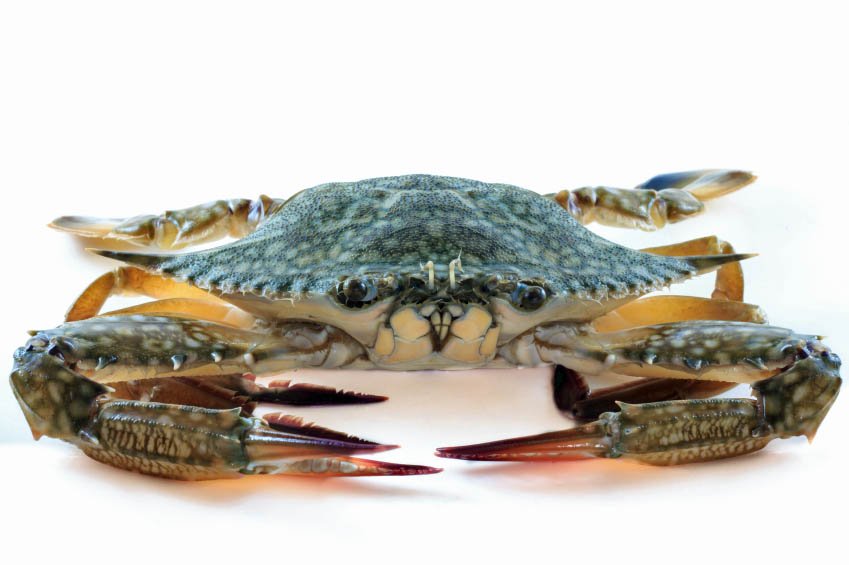Blue Swimmer Crabs are Natural Swimmers
Blue swimmer crabs, known also as portunus pelagicus, are located in the coastal waters of Cape Naturaliste in Australia. They are some of the most fascinating creatures to be found in the water. Sometimes called the blue water crab, these creatures are known for their savory meat and their small size reaching about 21cm in length and having a weight of about 1kg. Although they are blue crabs, they are not the same as other known blue crabs in the world, including the Maryland blue crab.

The blue swimmer crabs also have a unique appearance that helps them to stand out. Since these crabs are very unique in their appearance. They have a long pair of legs that work as paddles for their body. They shell is rough and the carapace is very board with a spine on the side. These creatures can vary in color that can be a dark brown, purple and of course blue. This special part of ocean life will swim through the water using their paddles to help them to glide better. The paddle shaped fins have the ability to rotate anywhere from 20 – 40 times per minute, allows them to quickly move. When they aren’t swimming, they will bury themselves with only their gills, eyes and antennas exposed in the sand for protection.
Blue Swimmer Crabs Nutrition
These crabs have a unique diet that includes fish, shrimp and oysters. Unlike other crabs, this species tends to shy away from creatures like the octopus. With a rise in heavy metals in the water, some of these crabs do experience toxic levels of metals in them and this can cause a loss of limbs and other health concerns.
Blue Swimmer Crab Claws
The claws of these crabs are designed to help them to do more than gather food. When a predator attacks, these claws can be used to cause damage to the attacking creature to help scare them off. They can also be used to dig into the sand and they are even used in mating rituals. Fishermen who handle these crabs and other ocean life with claws understand that they can inflict severe injury and they need to be handled with care.
Yummy Blue Swimmer Crabs
However, their meat is so highly regarded that both recreational fishers and commercial fishers will seek them out. Since they have a soft shell, they do tend to also be prey for birds and some fish. Their five pairs of legs on each side add to the amount of tender meat in their bodies, while they also help the crab to crawl among the ocean life on the sandy bottoms.
As you can see, the blue water crabs are some of the most fascinating creatures in the ocean. They are graceful natural swimmers who will capture your attention and can be very inspiration for any swimmer who is looking at new techniques to mirror when gliding through the open ocean waters.
Today’s Daily Swimming Workout:
Warm-up: 500 as 25 buoyant kick and 25 relaxed swim continuous
1 X 500 as 25 stroke Individual Medley, 100 freestyle
Swim with short swim fins: 4 X 150, one of each stroke
Pull with hand paddles: 8 X 125 alternating breaststroke and freestyle
4 X 250: 1) 50 butterfly, 200 freestyle; 2) 50 backstroke, 200 freestyle; 3) 50 breaststroke, 200 freestyle; 4) 50 slow motion tai chi style freestyle, 200 freestyle
2 X 200 your choice of stroke
Warm-down: 200 as 25 balanced kick and 25 balanced swim continuous
Total: 4200 yards or meters
back to the top of blue swimmer crab page








